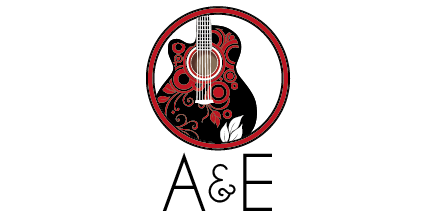Joseph M. Harrison was “one of the most conspicuous figures in the present-day history of South Carolina.” Quite the description for a man who was born in Norfolk, Virginia in September of 1871. A brief history of Harrison published in the “History of South Carolina” relates that he moved to South Carolina in 1900 and began working for W.C. Geraty on Yonges Island. In 1901 he was in the employ of N.H. Blitch in Meggetts. By 1903, Harrison was ready to branch out on his own in the truck farming business that was rapidly becoming successful in St. Andrew’s Parish. His first acquisition was 210 acres from James Doran.
In November of 1916 Rene Ravenel surveyed the “Crafts Tract” for Harrison. The 330.8 acres was “situated” in St. Andrew’s Parish Charleston County. The “Crafts Tract” was also known as Pleasure Grove and Harrison would convert the dance hall located on this property into his home. In July of 1917 Harrison would purchase “270-31/100 acres, more or less” from the estate of John N. Voorhees. Harrison put his experience to good use placing a large percentage of his acreage under cultivation. He soon gained a reputation as a successful planter.
The biographical sketch continues with the list of his two “splendid” residences, 21 tenant homes, a railroad shipping station on one of the farms (where Harrison Acres is today), and 1,000 persons employed on his farms. He cultivated potatoes, beans, beets, carrots, cotton, corn and hay in addition to trying his hand successfully at raising livestock. He was “remarkably successful in his farming operations” and was popular “due to his fine personal qualities”. Harrison served as a Charleston County Police Commissioner according to an article published in ”The News and Courier” and was a Market Gardener, and Agent for B.F. Avery Plows and Farm Implements according to the letterhead on his stationary. One interesting side note, everyone recalls cabbage and its associated aroma when speaking of Harrison’s farm, and yet it is not listed among the crops he planted at the time this biography was written.
Harrison’s first wife, Alma Geraty, died in 1919. They had three sons, James, Marvin, and Randolph. He later married Mamie Santos. Harrison and Mamie never had any children of their own, but they were very close to Mamie’s sister’s, Irene, children. Irene Santos married Lewis Burk of WCSC fame and their five girls have fond memories of visiting Harrison’s farms. Irene, the eldest daughter named for her mother, recalled walking from the Burk home on Pitt Street across the Ashley River Bridge on Saturdays and holidays. The sisters would go horseback riding and return home with milk and vegetables from the farm. During the visit, Aunt Mamie and their mother would have tea and the girls would have to be quiet and mannerly.
A dear friend of mine, whose father was friends with Harrison, recalled another memory. They would travel from their farm on Wadmalaw Island to the intersection of Main Road and Savannah Highway where the Blitch cabins were. Turning left on Savannah Highway toward Charleston they would travel along the highway lined with grand oak trees and forest until they reached Harrison’s property at Voorhees. They would always stop, visit and pass along any messages from family members. A nice visual from someone who traveled this area when it was mainly farmed.
As farming subsided and suburban neighborhoods were becoming the trend in the mid 1940s, Harrison’s three tracts of farmland would be sold to develop the neighborhoods of Byrnes Downs, Westwood, Moreland, and Harrison Acres.
Do you have any Harrison, farming, or cabbage aroma memories? Contact Donna Jacobs at westashelybook@gmail.com.
(843) 766-WEST (9378)
publisher@westof.net













